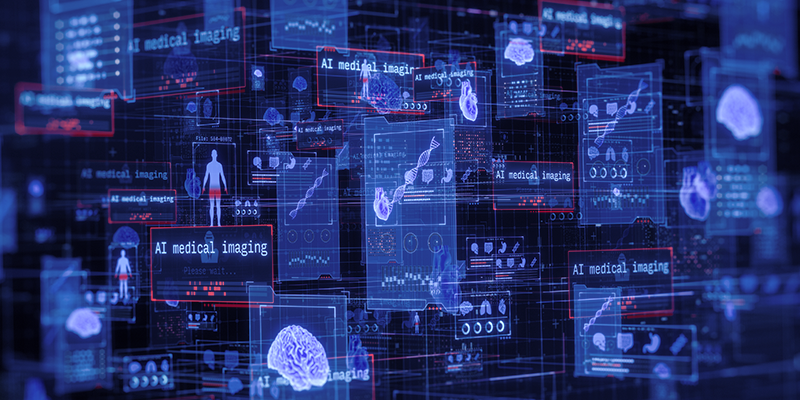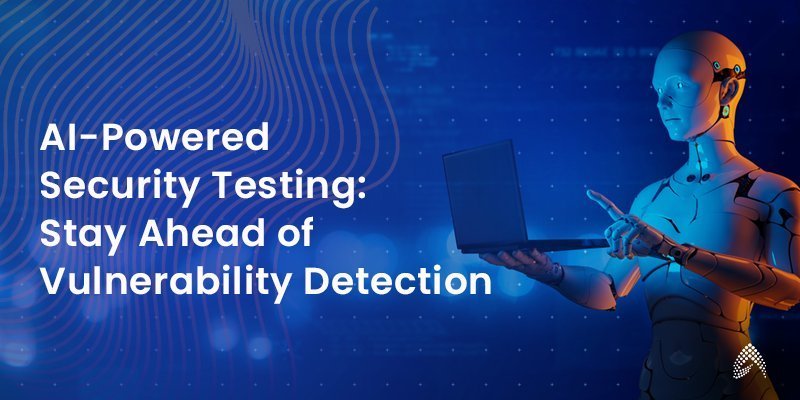Legacy Application Modernization Guide for CIOs and CTOs

As a CIO you always focus on growth and simplifying IT and maintenance costs while improving the business agility and stakeholder experience. This is especially important during rapidly evolving business conditions such as a post-pandemic era.
It is a time for growth and every enterprise is in need of applications and processes that support rapidly changing business vision and goals. But often legacy applications make it difficult in reality, it is not possible or easy for you to achieve scalability, agility, and growth. Legacy app modernization has now become a prerequisite for businesses to reckon with to stay relevant and competitive.
When you have a large number of business-critical applications, the evaluation and identification of applications for modernization become paramount, and it should be the very first step in the journey for all technology leaders and business owners. To make the process seamless and effective, here are some essential guidelines to accelerate your legacy modernization efforts, and get it right on the first attempt.
Align technology changes to business goals
Your project’s success depends on identifying critical applications and prioritizing modernization.
- Identify your organization’s key drivers for business growth – is it launching new business models, reaching a new customer segment or geography, or maybe it is proving higher/ quicker value to existing customers? Based on the goal you can select a technology/ application that delivers max impact.
- Identify legacy systems that align to the business priorities above – for example, if the key business priority is to reach new markets, one of the applications that need to be modernized on priority could be in the accounting platform that now needs to be able to handle and manage payments in multiple currencies.
- Measure the impact of modernization – The impact of application modernization on any business can be broadly evaluated across three areas:
- Cost to the business of maintaining the identified legacy applications: Calculate this separately for each application – how much do you spend on software and hardware maintenance, any monthly or yearly subscriptions, cost of training as well as retaining the skilled team that maintains those applications.
- Estimated gains from modernization: The potential gains from a modernized application can be measured on several criteria such as:
- New business may be generated as a result of new products being launched, increased availability in new markets, and new business models that can be launched using the new application.
- The time that would be saved by employees while using the new application (time can be directly translated into monetary values based on the hourly costs of employees who use the new apps)
- The reduction in maintenance costs
- Benefits accrued from reductions in hosting fees, hardware infrastructure, and software licensing.
- Estimated losses from downtime: The cost of downtime can be calculated broadly in the following areas:
- According to a Tech Radar report, 37% of the surveyed group said they have lost customers and 17% have lost revenue due to downtime. [This is for B2B entities]
- Drop in Amazon‘s sales is one of the best examples that shows the impact of downtime. Amazon lost an estimated $34m in sales during a 59-minute outage. This outage had a compound effect on other platforms such as Netflix, Disney+, Tinder, Coinbase, RobinHood, and US home deliveries, further frustrating thousands of its customers.
Select the right approach to modernization
There are several technical approaches to modernization and CIOs should carefully consider the best approach, with emphasis on fast implementation, lowering risk, and getting the highest business impact. The options that need to be evaluated include:
- Encapsulating: Encapsulation is the fastest and most economical solution for reusing legacy applications. While leaving the code in its current environment, encapsulation provides a new interface to a legacy component making it easily accessible to other software components via APIs. It helps leverage the application and extend its features and value. Encapsulation is a good option when a legacy system has a high business value and good-quality code.
- Rehosting: Rehosting is often referred to as a safe and cost-effective application migration strategy to unlock the value within your core business systems, reducing the TCO.
- Re-platforming: Replatforming is an essential and crucial process in legacy systems modernization. Unlike migrating every application to the cloud, Replatforming analyzes the existing applications and makes minimal code changes, so it can work flawlessly on the new platform while ensuring the features and functions it provides earlier.
- Retaining: Though modernization or migration offers flexibility and scalability, there are a few applications that need to be retained as-is for many reasons, including security and control over data. Retaining can help you identify and retain those applications.
- Retiring: In the long run, a few applications will become obsolete and vulnerable. Maintaining those applications will become costly and resource-intensive. In such scenarios, the Retire strategy help businesses to explicitly phase out such low-value applications.
Ensure you have a business continuity plan
Application modernization initiatives inevitably require some level of downtime, be it during testing, migration, or changeover to a new application. It is imperative to reduce the impact of downtime on business and while every IT leader knows how to manage downtime, here are some guidelines to help.
- Inform your team about the application switching process and time. So, everyone is aware of using new applications without causing any delays and disruptions. Communicating the plan to all relevant teams helps them respond quickly and cautiously in case of an emergency.
- Scheduled backups and planned maintenance are part of planned outages. In such cases, make sure you safeguard your data and is available for everyone to avoid disruptions.
- Make sure you have a distributed data center to recover your data quickly in case of a disaster destroys your primary site.
- Every disruption and its impact should be a quantifiable measurement. Therefore, develop core KPIs and process-specific dashboards to track the impact of the downtime.
- Bring your IT, development, and third-party teams together to fasten the response time and ensure your internal teams and customers don’t feel disconnectivity.
- Think about “What if” cases while modernizing or migrating applications.
Ex: What if the inventory module is unavailable for some time, and how can you deliver a seamless experience?
- Test your business continuity plan and make it more agile and robust to quickly adapt to any unforeseen downtimes or disruptions.
Legacy modernization is a journey, not a destination
Legacy modernization is not a one-time task. You must evaluate the existing system’s performance and improve it to deliver the best business value. This is best performed on a yearly basis and includes continuously measuring the impact against predetermined metrics, evaluating what’s working and what’s not, and focusing on incremental changes that can add value to the entire business process.
To take the legacy app modernization further, you either need a team of technology experts or to collaborate with an external modernization partner. Considering the fast pace of technology, you need a legacy modernization partner who can come out of their comfort zone, innovate, be proactive, and gel well with your vision.
That being said, a modernization partner should be able to guide you through the whole journey, mitigate risks, identify challenges and opportunities, and come up with future-proof legacy modernization frameworks that make the process efficient and successful.
Our legacy app modernization experts are happy to evaluate your business needs and help you find the best legacy modernization strategy for your organization.

President & CEO – Growth Markets




